order

Coleoptera
“Adult Beetles”

Coleoptera
“Larval Beetles”

Diptera
“True Flies”

Ephemeroptera
“Mayflies”

Hemiptera
“True Bugs”

Lepidoptera
“Aquatic Caterpillars, Snout Moths”

Megaloptera
“Alderflies, Dobsonflies, and Fishflies”

Odonata
“Dragonflies and Damselflies”

Plecoptera
“Stoneflies”

Trichoptera
“Caddisflies”
family
Perlidae
Agnetina
“Common Stoneflies”
Genus Overview
Located in riffles this predatory stonefly whose diet has been well studied, tend to feed off chironomids, hydropsychids, mayflies and black flies. Identification to species as larvae is difficult and several studies have been found to erroneously report findings based on mixed species.
Characteristics
POLLUTION TOLERANCE
Southeast: 0
Midwest: 1.8
Mid-Atlantic: 2
0 = least tolerant, 10 = most tolerant
FEEDING HABITS
Engulfer / Predator
MOVEMENT
Clinger
DISTRIBUTION
Widespread (east of the Rocky Mtns.)
HABITAT
Lotic-erosional
Diagnostic Characters
Order
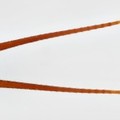
Two Tails
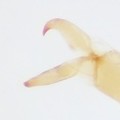
Two Tarsal Claws
Family
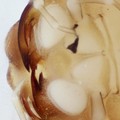
Glossae Shorter Than Paraglossae
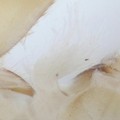
Thoracic Gills
Genus
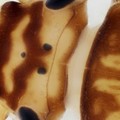
Occipital Ridge

Posterior Spinule Fringe
+ Expanded Character List
Order:
Wings developing in wing pads. Mouthparts suitable for chewing. Gills digitiform and located near mouthparts, on neck, sides of thorax, or underside of base of abdomen, never on top or sides of abdomen. Two tarsal claws per leg. Only two tails (cerci).
Family:
Glossae much shorter than the paraglossae. Multi-branched, filamentous gills present laterally and ventrally on thorax, but not on abdomen.
Genus:
Cerci without a long setal fringe, Three ocelli on the head, Occipital Ridge present, regular set of spinules completely across back of head inserted on ridge,
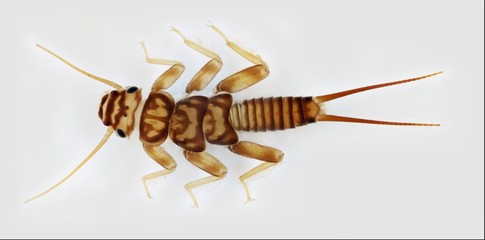
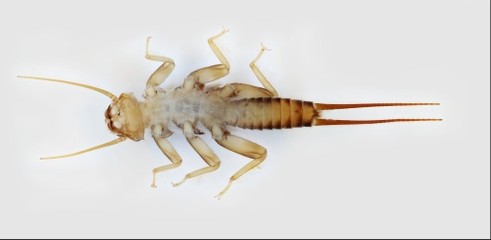
Dorsal
Ventral



